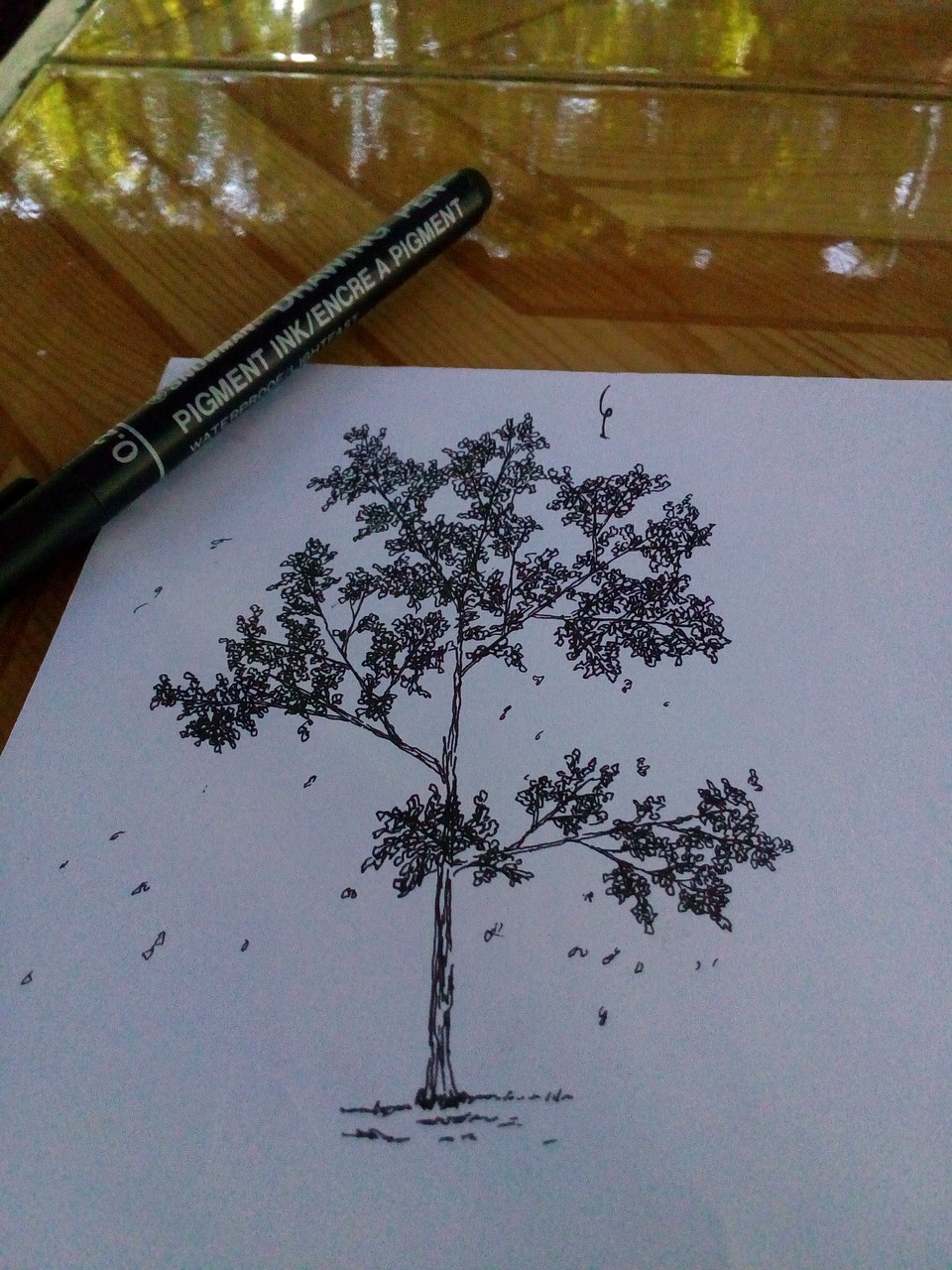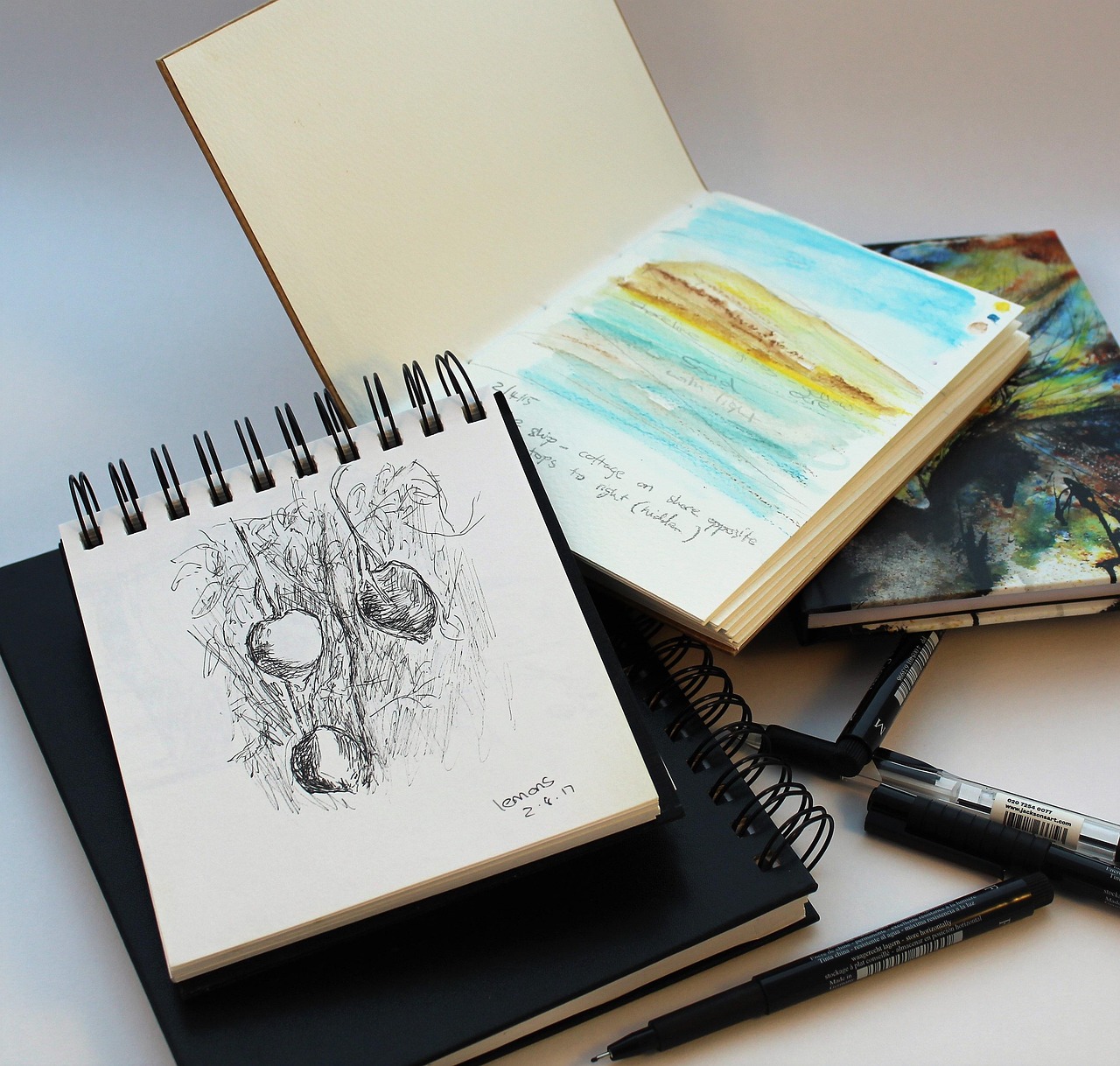If you’re learning to draw or exploring new styles, you’ve probably come across two essential techniques: line drawing and shading. Both are foundational to visual art—but they serve different purposes and offer unique effects.
In this article, we’ll break down the differences between line drawing and shading, when to use them, and how combining both can take your artwork to the next level.
What Is Line Drawing?
Line drawing uses clean, defined lines to create shapes, textures, and outlines. Think of it as the skeleton of your drawing—the structure that holds everything together.
Key Features:
-
Minimal or no use of tones
-
Emphasis on contour and detail
-
Popular in cartoons, coloring pages, illustrations, and tattoo designs
When to Use It:
-
When you want a clean, stylized look
-
For illustrations, especially in graphic novels or digital art
-
To design coloring pages, stickers, or logos
-
When sketching out concepts or early drafts
What Is Shading?
Shading adds depth and dimension by showing how light interacts with surfaces. Instead of using outlines, shading relies on gradients, values, and textures to convey form.
Key Features:
-
Use of light, medium, and dark tones
-
Soft transitions and volume
-
Common in realistic drawings and portraits
When to Use It:
-
For realistic or 3D effects
-
To draw portraits, still life, or complex natural scenes
-
When studying light and shadow
-
To make flat shapes appear lifelike
How They Work Together
The most powerful art often blends both techniques. Many artists begin with line drawings and build shading on top to bring their sketches to life.
For example:
-
A comic artist may outline a character with bold lines, then add subtle shading for muscle definition or clothing folds.
-
A botanical illustrator might use linework for leaves and stems, then shade petals to add softness and realism.
Quick Tip for Beginners
Start with line drawings to understand proportions and structure. Once you’re comfortable, experiment with cross-hatching, stippling, or blending to add shading without relying on color.
Final Thoughts
There’s no one-size-fits-all answer—line drawing and shading are tools in your creative toolbox. Whether you prefer crisp outlines or soft, shadowy depth, understanding both will help you become a more confident and versatile artist.
So pick up that pencil, explore both styles, and see what feels right for your next masterpiece.


